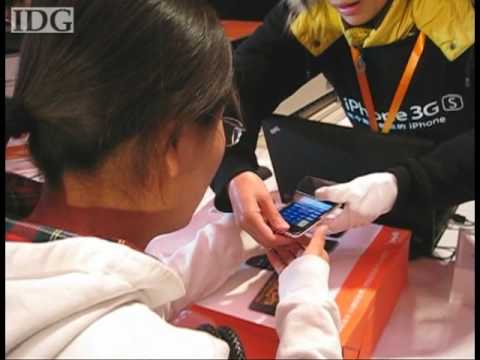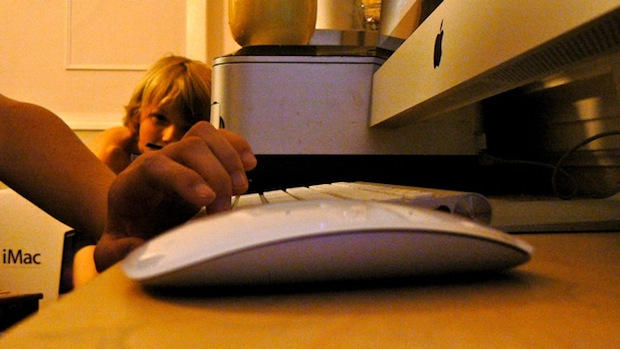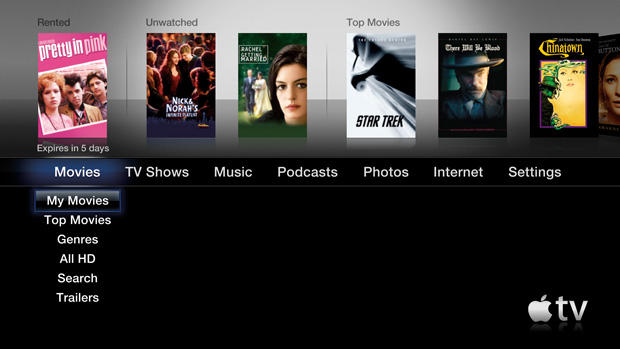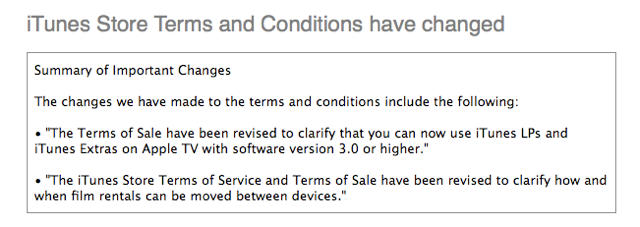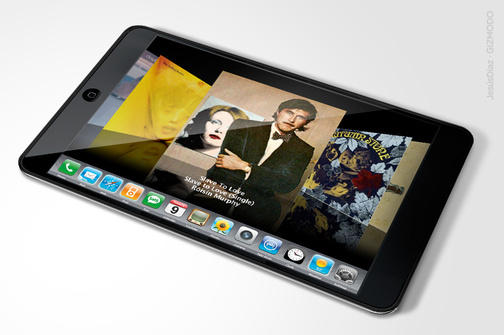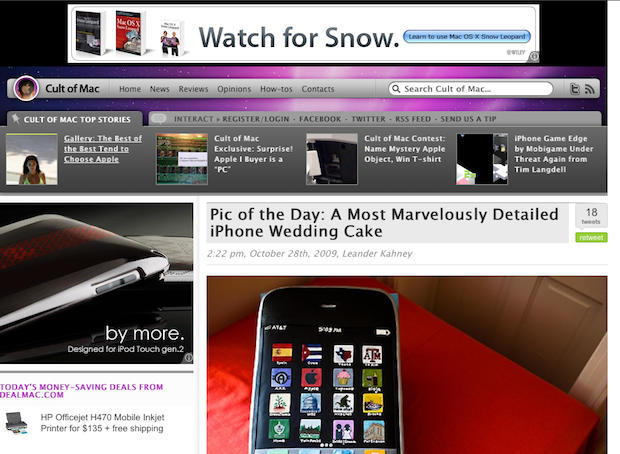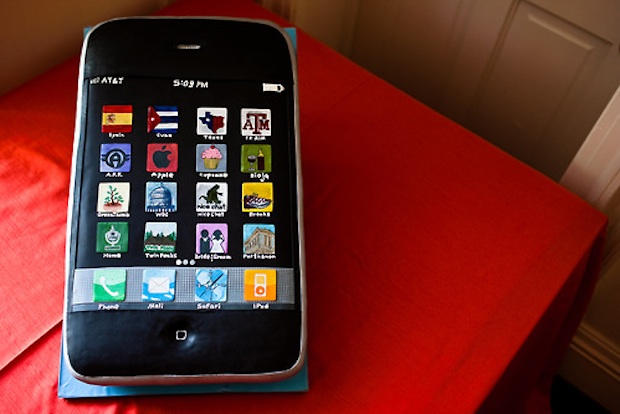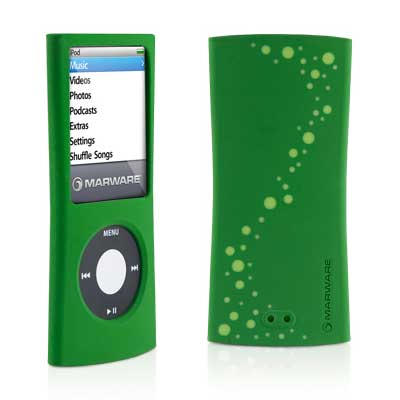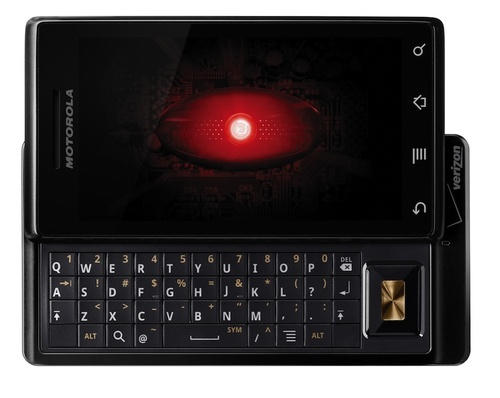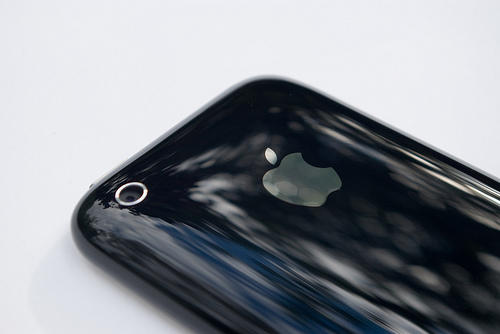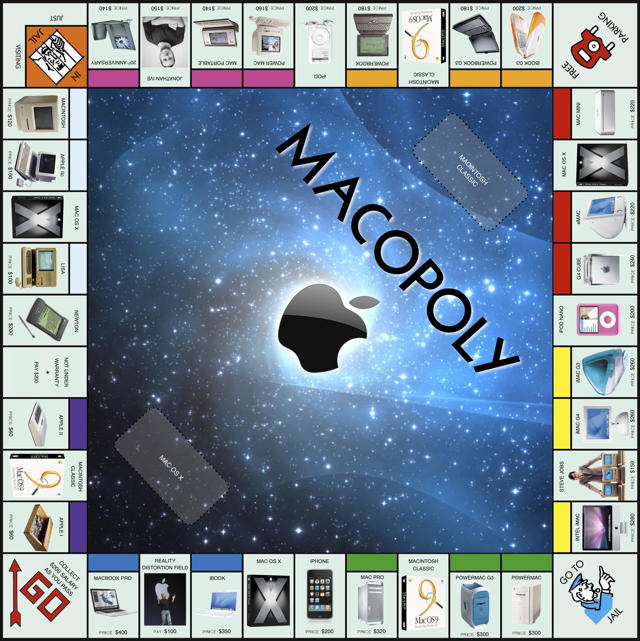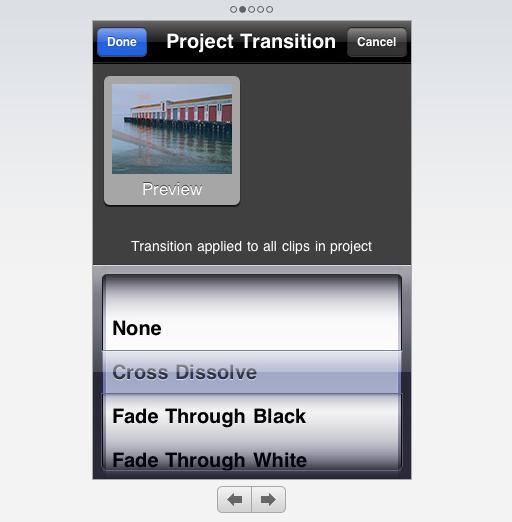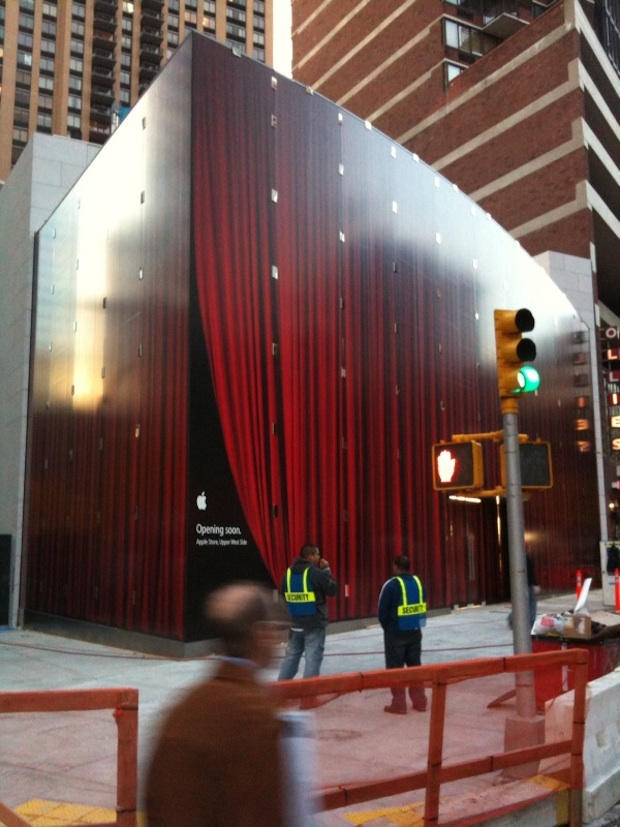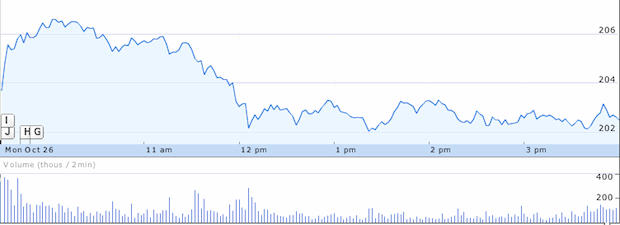httpv://www.youtube.com/watch?v=BOivcvcEDfw
The official iPhone launch in China was greeted with shorter lines than expected due to lousy weather and because about a million early adopters have already bought them on the gray market.
People did stand in line, just not super long ones — check out the empty red ropes — and a persistent drizzle certainly didn’t entice buyers to be the first to get their hands on an official iPhone.
Also contributing to a less than hysterical welcome were the fact that the official market 8G iPhone has no wi-fi (a bow to the country’s regulatory demands) and costs about $730 dollars without a service contract.
From there, prices levitate to a heady $1,024 for the iPhone 3GS.
Gray market versions, found in many electronic marts, cost about 20% less, with wi-fi.
China Unicom has said any handset that supports its 3G mobile standard will be able to use its network, so gray-market iPhone users can buy service contracts just like users of the official handset. The carrier refused to provide info on how many customers had reserved iPhones.
Via MacWorld
